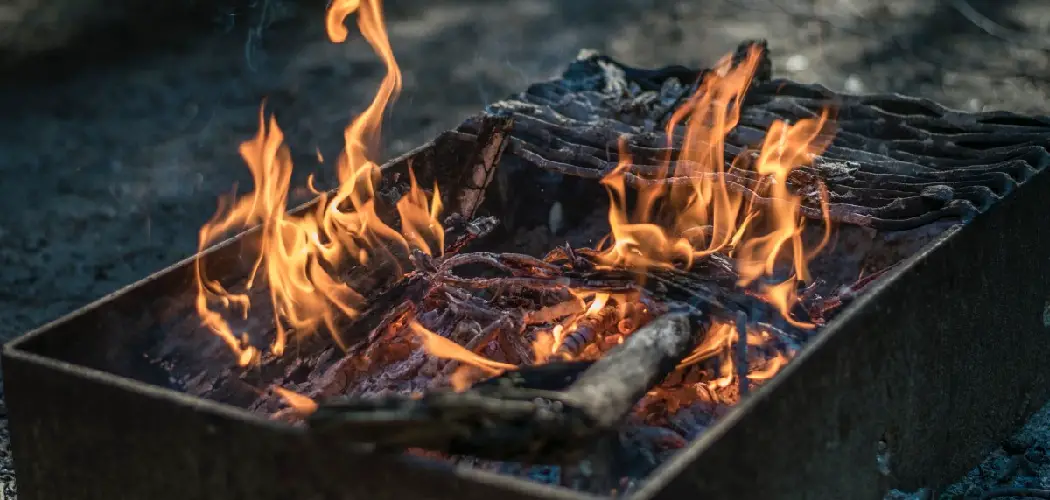It’s that time of year again when the nights are cool and the days are shorter. What better way to spend your evenings than around a cozy fire pit? But, if you’ve ever sat around a fire pit, you know how annoying smoke can be. Don’t let smoke ruin your outdoor experience! Here are some tips on how to reduce smoke in your fire pit and enjoy your outdoor space to the fullest.
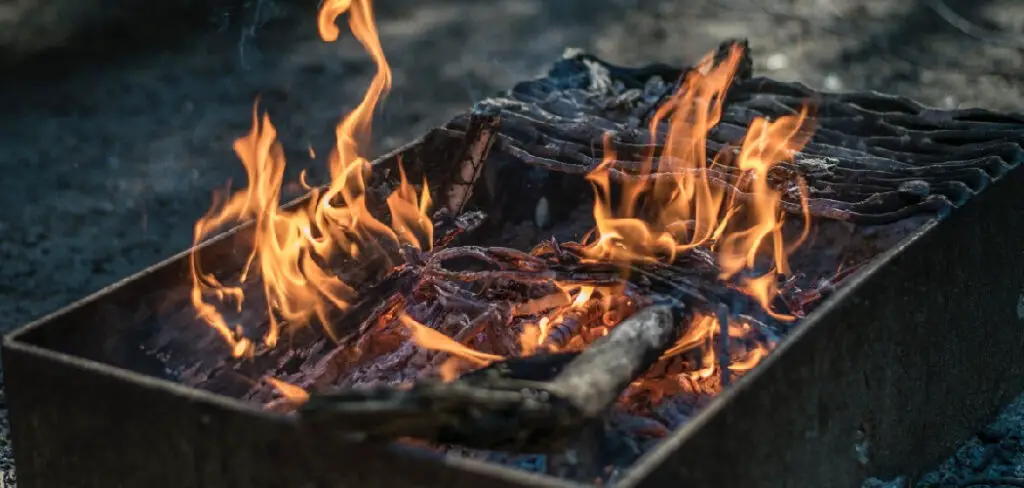
Can You Reduce Smoke in Your Fire Pit
Sitting around a cozy fire pit with friends and family creates endless evenings of laughter and memories. However, that warm ambiance can quickly turn into a cloud of smoke if your fire pit is improperly maintained. Luckily, there are several ways to reduce smoke and keep your fire pit burning bright all night long. Building a smaller fire is one solution, as larger fires create more smoke.
Additionally, using hardwood instead of softwood or charcoal can also help reduce smoke. Lastly, ensuring proper ventilation by choosing an open-air setting can keep the smoke moving away from you and your guests. With these tips, you can enjoy a smoke-free evening by the fire and create countless unforgettable memories.
Why Should You Reduce Smoke in Your Fire Pit
Fire pits are a wonderful addition to any outdoor space. They provide warmth on chilly nights and a cozy ambiance that can’t be beaten. However, many fire pits produce a substantial amount of smoke that can harm your health and the environment. Smoke contains dangerous toxins that can cause respiratory problems and worsen conditions like asthma.
Additionally, the particles released by smoke contribute to air pollution and can damage the ozone layer. By taking steps to reduce smoke in your fire pit, you can enjoy all the benefits of a fire pit without harming yourself or the planet. Not to mention, a cleaner fire pit creates a more enjoyable experience for everyone gathered around it. So take the necessary precautions and keep the smoke at bay. Your lungs and the environment will thank you.
7 Tips to Follow on How to Reduce Smoke in Your Fire Pit
1. Choose the Right Firewood
Choosing the right type of firewood is the first step in reducing smoke. Hardwoods like oak, hickory, and maple burn more efficiently and produce less smoke than softwoods like pine and cedar. These hardwoods also produce more heat and last longer, making them a better option. Ensure your firewood is seasoned properly, as freshly cut wood affects the smoke output.
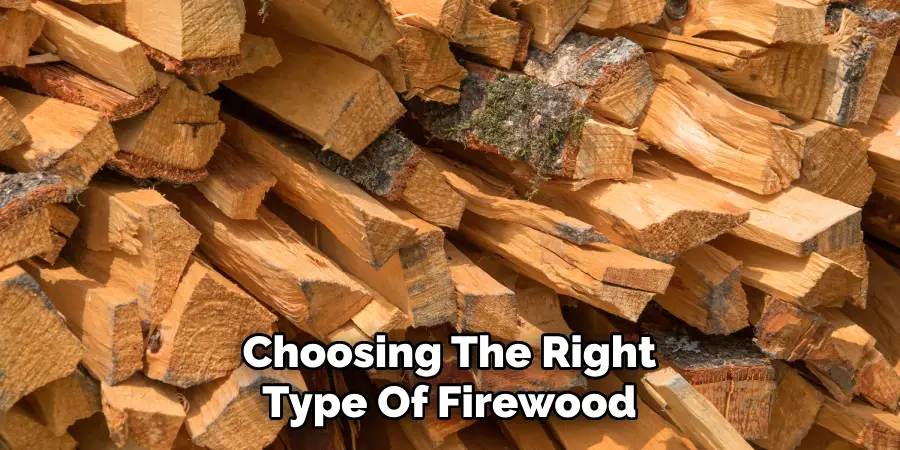
2. Burn Your Firewood in the Correct Way
How you build your fire can also affect smoke output. Make sure to stack the wood to allow air to circulate between the pieces. This helps the firewood burn more efficiently and produce less smoke. We also recommend using a fire pit cover to promote airflow and increase combustion.
3. Use Natural Fire Starters
Avoid using chemical fire starters, as they can produce more smoke. Instead, use natural fire starters like newspapers or small twigs to get your fire going. This will reduce the amount of smoke produced while getting the fire started.
4. Keep Your Fire Pit Clean
Keeping your fire pit clean is important to reduce smoke. Ash and debris can affect the airflow, resulting in more smoke production. After each use, clean out the ash and debris and dispose of it properly. Doing so will promote better airflow and lead to a cleaner fire with less smoke.
5. Add Herbs to Your Fire
Adding herbs like sage, lavender, and rosemary to your fire pit can also help reduce smoke output. These herbs produce pleasant aromas and natural oils that can act as a natural fire retardant, reducing the smoke produced while adding a lovely aroma to the air.
6. Position Your Fire Pit Correctly
The position of your fire pit can also affect smoke output. Make sure to place it in an area away from trees and buildings, as the smoke will be more concentrated if it is too close to these structures. Also, make sure the wind is blowing away from you so that you are not breathing in all the smoke directly.
7. Don’t Overload Your Fire Pit
Finally, don’t overload your fire pit with more wood than is necessary. More wood means more smoke will be produced. Start with a small amount of wood and gradually add as needed to keep the smoke to a minimum.
That’s it! You’ve now learned the best ways to reduce smoke in your fire pit. By following these tips and taking proper care of your fire pit, you can enjoy all the benefits of a warm, cozy fire without producing excessive smoke.
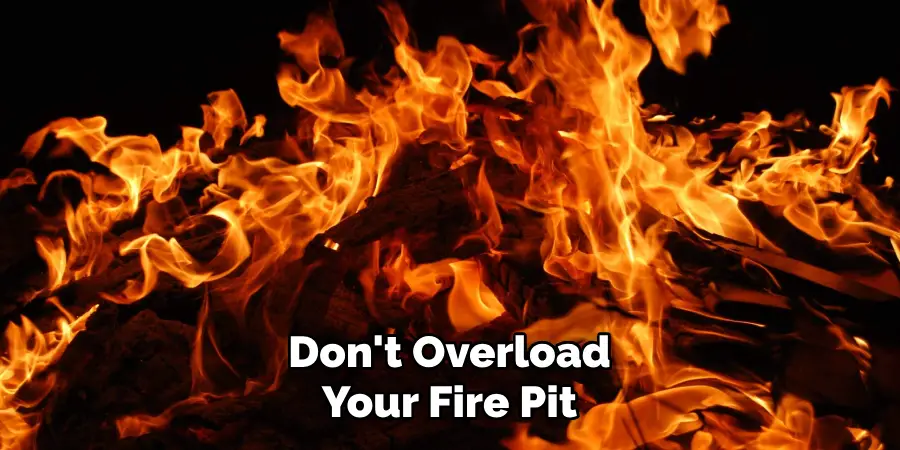
5 Considerations Things When You Need to Reduce Smoke in Your Fire Pit
1. Ventilation
One of the most important considerations when trying to reduce smoke from a fire pit is ventilation. Ensuring that there is adequate airflow around the fire will help to reduce smoke by providing oxygen to the flames.
If possible, try to place your fire pit in an area with good natural ventilation, such as near a window or doorway. Additionally, you can create additional airflow by keeping nearby doors and windows open while the fire is burning.
2. Fuel Type
Another consideration when trying to reduce smoke from a fire pit is the type of fuel being used. Different types of fuel will produce different amounts of smoke, with some fuels producing more than others. For example, wood pellets are a popular fuel for fire pits and tend to produce less smoke than traditional logs. Other low-smoke fuels include ethanol-based gels and natural gas logs.
3. Fire Size
The size of the fire also plays a role in how much smoke it produces. A smaller fire will generally produce less smoke than a larger one, so it’s best to keep the size of your fires on the small side if you’re looking to reduce smoke production. Additionally, adding too much fuel at once can cause more smoke to be produced as well, so it’s important to add only small amounts of fuel at a time when building your fires.
4. Placement
The placement of your fire pit can also affect how much smoke it produces. Placing your fire pit too close to walls or other structures can cause airflow issues which can cause more smoke production as well as safety hazards due to heat buildup near combustible materials like wood siding or drywall. It’s best practice to keep your fire pit at least 10 feet away from any structures and ensure that there is plenty of open space around it for airflow purposes.
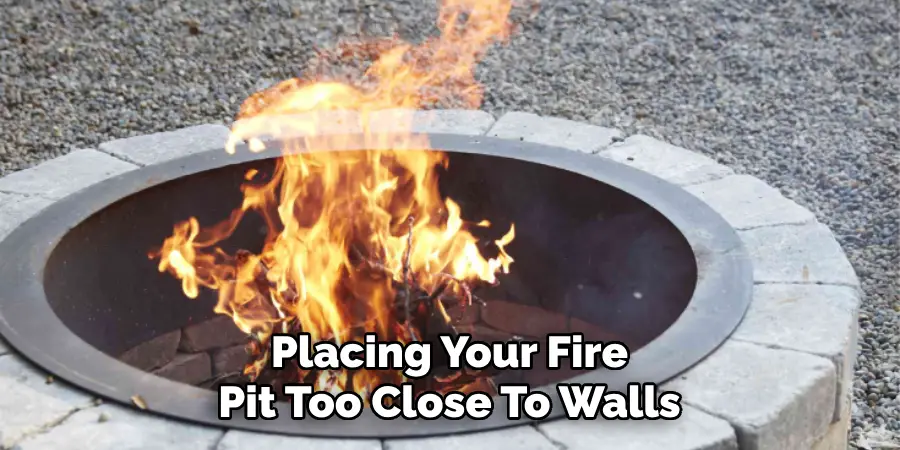
5. Fire Pit Design
The design of your fire pit can also play a role in how much smoke it produces as some designs are better suited for reducing smoke than others. For example, gas-powered models typically produce less smoke than wood-burning ones due to their ability to control flame size and intensity more accurately than traditional log fires do.
Additionally, some models come with built-in features such as spark arrestors that help further reduce the amount of smoke produced by capturing fly ash before it has a chance to escape into the air.
Benefits of Reduce Smoke in Your Fire Pit
When it comes to enjoying the warmth and ambiance of a fire pit, the last thing you want is a cloud of smoke ruining the experience. Luckily, reducing smoke in your fire pit not only enhances the enjoyment of your outdoor space, but it also has numerous benefits. For one, less smoke means less air pollution, which is important for maintaining good air quality for both you and your community.
Additionally, a cleaner-burning fire means minimal impact on your surroundings, ensuring your landscape and furniture are protected from soot and ash. Smoke reduction can also contribute to a safer environment, as the risk of sparks and embers flying out of control is minimized.
Overall, minimizing smoke in your fire pit enhances both the aesthetic appeal and safety of your outdoor gatherings – making it a win-win situation for everyone involved.
Some Common Mistakes People Make When Trying to Reduce Smoke in Your Fire Pit
Fire pits can be a fantastic addition to any outdoor space, providing warmth and ambiance for gatherings with family and friends. However, one of the biggest challenges associated with fire pits is reducing smoke. While many people try to tackle this issue, there are some common mistakes people make that can actually exacerbate the problem.
For instance, using damp firewood can create more smoke, as can using too much kindling or overloading the fire pit with wood. Another mistake is not allowing enough airflow, which can prevent sufficient oxygen from reaching the flames and cause smoke.
By avoiding these common errors and following some simple tips, you can help reduce the amount of smoke in your fire pit and enjoy the warmth and beauty of your outdoor space to the fullest.
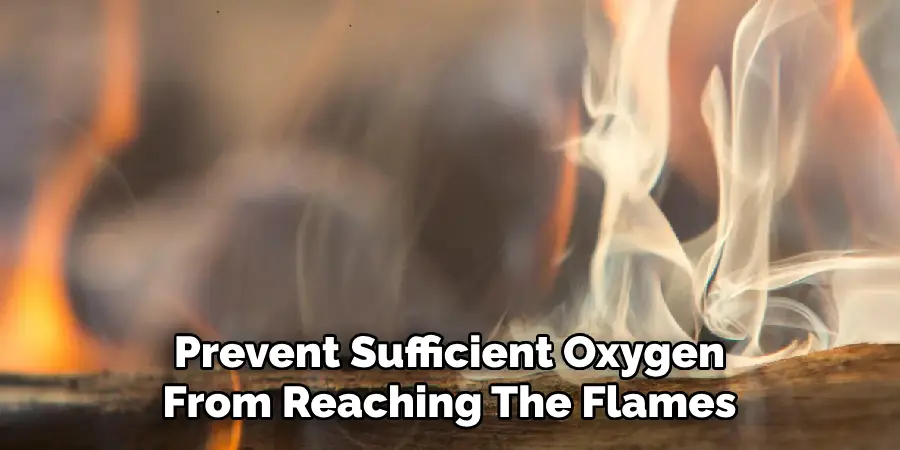
Conclusion
Reducing smoke in your fire pit isn’t difficult if you follow these tips. Choose the right firewood, burn it correctly, use natural fire starters, keep your fire pit clean, and add natural herbs to your fire. With these simple steps, you can enjoy your fire pit without the smoke and have a cozy and enjoyable outdoor experience. Thanks for reading our post about how to reduce smoke in your fire pit.
About
Outdoor Fixes is a distinguished figure in the world of Diy design, with a decade of expertise creating innovative and sustainable Diy solutions.
His professional focus lies in merging traditional craftsmanship with modern manufacturing techniques,
fostering designs that are both practical and environmentally conscious. As the author of diy,
outdoorfixes delves into the art and science of outdoorfixes-making, inspiring artisans and industry professionals alike.
Education RMIT University
(Melbourne, Australia) Associate Degree in Design (Outdoor Fixes) Focus on sustainable design, industry-driven projects,
and practical craftsmanship. Gained hands-on experience with traditional and digital manufacturing tools, such as CAD and CNC software.
Nottingham Trent University
(United Kingdom) Bachelor’s in outdoorfixes.com and Product Design (Honors) Specialized in product design with a focus on blending creativity with production
techniques. Participated in industry projects, working with companies like John Lewis and Vitsoe to gain real-world insights.
Publications and Impact
In diy, Outdoor Fixes his insights on indoor design processes, materials, and strategies for efficient production.
His writing bridges the gap between artisan knowledge and modern industry needs, making it a must-read for both budding designers and seasoned professionals.

